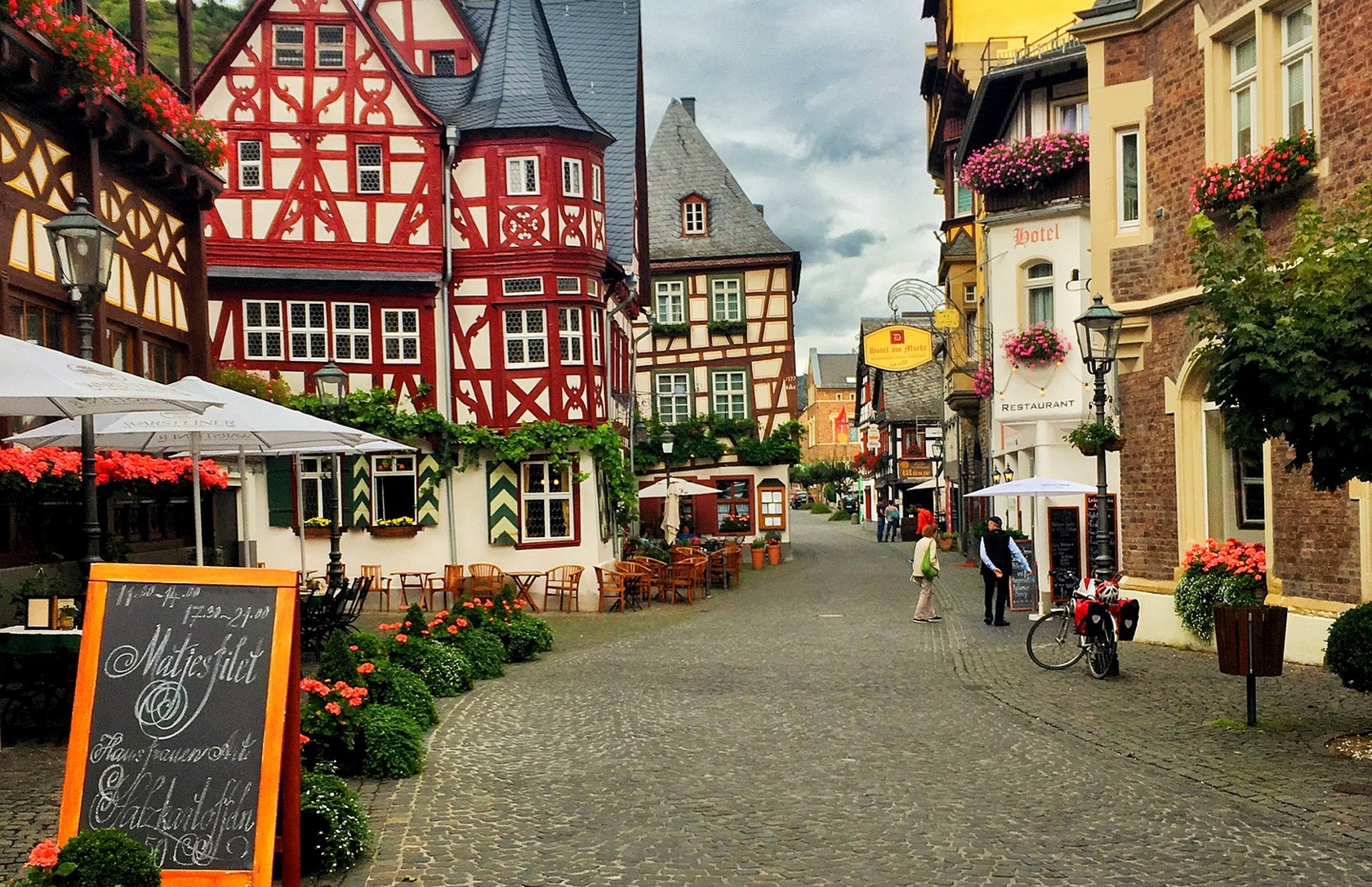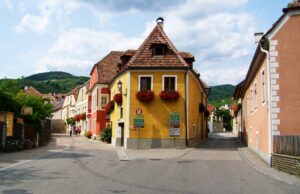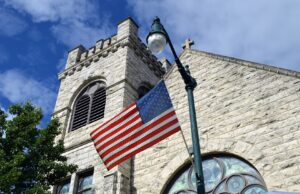In 2016, American zoning turned 100 years old. Today, U.S. cities and, in particular, New York City are an example of how urban zoning regulations generate public interest in a very wide range of areas of urban development – from environmental requirements and the design of public spaces to solving problems of housing affordability.
The formation of zones of business and commercial activity involves the development of service facilities on the first floors of buildings, facing the facades to the main streets of the city. Among these objects one can often find cafes, the placement of which extends beyond the premises to the street. It should be noted that the boundaries of land plots of private buildings in conditions of dense development of central streets usually coincide with the building line. As a result, the placement of street cafes takes place not on the property of the owner, but on the territory of general use. The possibility of locating café tables on the public sidewalk in New York City is regulated by land use and development regulations and is recorded on the city planning zoning map.
Streets on which street cafes are allowed are marked on the city’s zoning map. The color of the line determines the type of street café. New York City generally distinguishes three types of street cafes:
1) Enclosed Street Café, which is structurally adjacent to the main café located in the building
2) Unenclosed Café (Unenclosed Café) with no overhead coverings other than umbrellas or retractable awnings. May be separated by a pedestrian area from the building facade
3) Small Unenclosed Café with single row tables no further than 4 ½ feet from the building frontage
A permit is required for a street café3, prior to obtaining a permit the applicant must confirm with the NYC Department of City Planning that the street café complies with zoning regulations, if the zoning does not provide for a street café, the permit will be denied.


